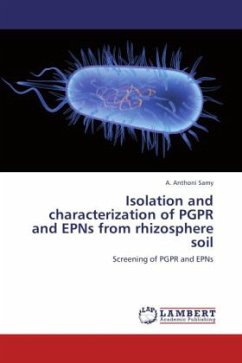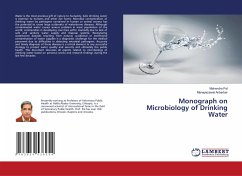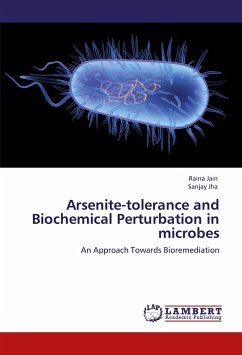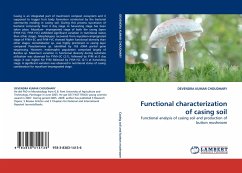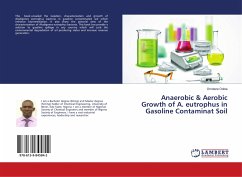
Soil Microbes as Warrior against Weeds
The Unseen Facts
Versandkostenfrei!
Versandfertig in 6-10 Tagen
52,99 €
inkl. MwSt.

PAYBACK Punkte
26 °P sammeln!
Since ancient times microorganisms have proven themselves a protective warrior to fight against many problems in the favor of humankind and therefore their potential applications are expected to increase significantly in various area. Microorganisms are known to detoxify or magnify the toxicity of allelochemicals after their entry into soil, and thus influence allelopathic activities. There could be more than one mechanisms of action of such microbes affecting the fate of allelochemicals in soil. Therefore future allelopathy research should be designed to understand the interaction of alleloch...
Since ancient times microorganisms have proven themselves a protective warrior to fight against many problems in the favor of humankind and therefore their potential applications are expected to increase significantly in various area. Microorganisms are known to detoxify or magnify the toxicity of allelochemicals after their entry into soil, and thus influence allelopathic activities. There could be more than one mechanisms of action of such microbes affecting the fate of allelochemicals in soil. Therefore future allelopathy research should be designed to understand the interaction of allelochemicals with soil microbes. However, their significance in influencing allelopathic activity is largely not investigated in bioassays for allelopathy. In this book, therefore, an attempt has been made to focus mainly on this aspect of allelopathy where phytoxicity of invasive weed can be minimized by using beneficial rhizobacteria without having any harmful effects on non-target plants, soiland ecosystem. An approach has been made to cover all possible aspects of soil microbial ecology in allelopathic interactions which can provide a baseline for futuristic studies.






